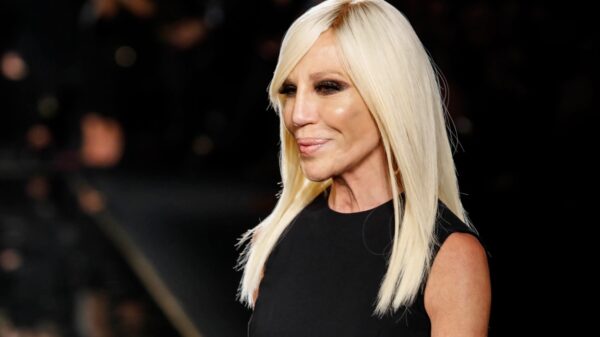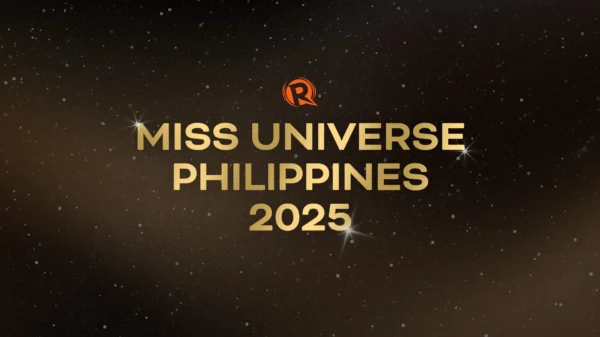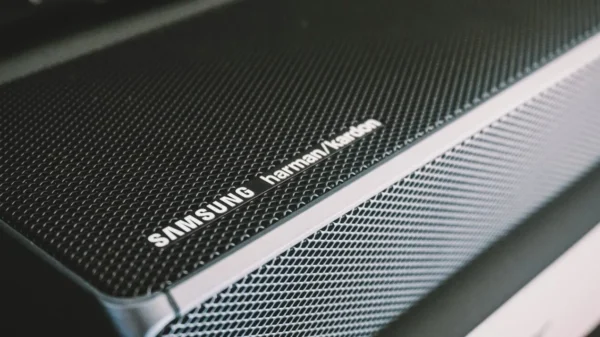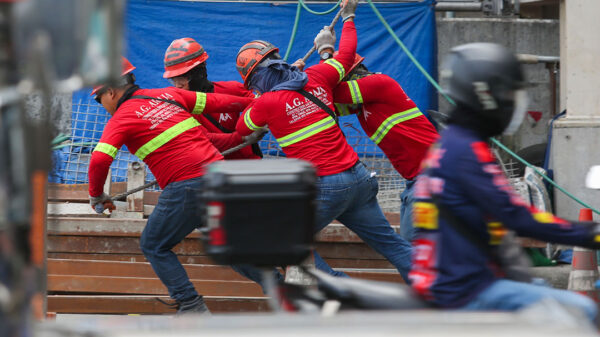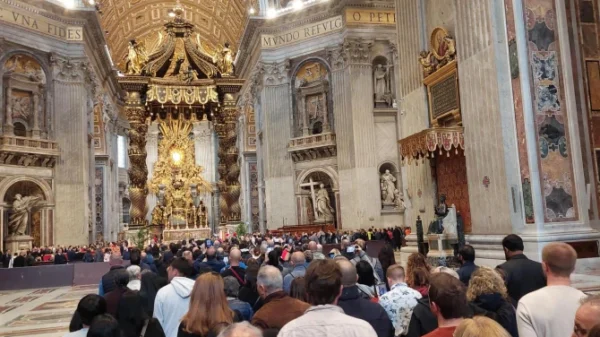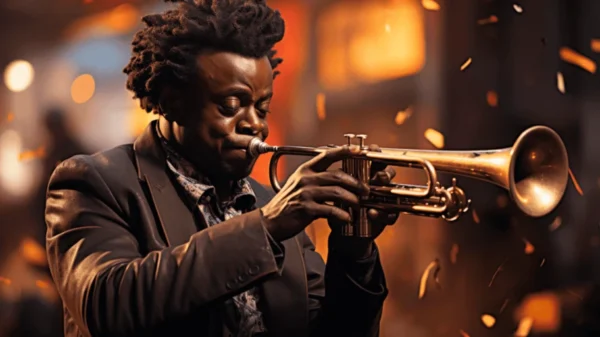The Evolution of Animation
Animation has come a long way since its early days of hand-drawn cartoons. With advancements in technology and the creative minds behind these animated masterpieces, the world of animation has reached new heights. In this blog post, we will explore the innovations that have revolutionized the art of animation and the impact they have had on the world of cartoons.
1. Computer-Generated Imagery (CGI)
One of the most significant advancements in animation is the introduction of Computer-Generated Imagery (CGI). CGI allows animators to create lifelike characters and realistic environments that were previously impossible to achieve with traditional animation techniques. This technology has opened up a world of possibilities, enabling animators to bring their wildest imaginations to life.
With the help of powerful computers and sophisticated software, animators can now create stunning visuals that captivate audiences of all ages. From the breathtaking landscapes in movies like “Frozen” to the intricate details of characters in “Toy Story,” CGI has transformed the way we experience animated films.
2. Motion Capture
Motion capture technology has revolutionized the way animators bring characters to life. By capturing the movements of real actors and translating them into animated characters, motion capture has added a new level of realism to animated films.
Actors wearing special suits with sensors can now perform actions that are then translated into the movements of animated characters. This technique has not only made characters more lifelike but has also allowed animators to capture subtle nuances in facial expressions and body language, enhancing the overall believability of the characters.
3. Virtual Reality (VR) Animation
Virtual Reality (VR) has taken the world by storm, and animation is no exception. VR animation allows viewers to immerse themselves in animated worlds like never before. By wearing a VR headset, audiences can step inside the animated universe and interact with the characters and the environment.
This innovation has opened up new possibilities for storytelling, as animators can now create narratives that fully engage the viewer’s senses. From exploring fantastical landscapes to interacting with animated characters, VR animation is pushing the boundaries of what is possible in the world of cartoons.
The Creative Process Behind Animation
While technological advancements have played a significant role in shaping the world of animation, creativity remains at the heart of every animated masterpiece. The imaginative minds behind these cartoons continue to push the boundaries of storytelling and visual aesthetics.
Animators draw inspiration from various sources, including art, literature, and real-life experiences. They carefully craft characters with unique personalities, design visually stunning worlds, and develop intricate storylines that captivate audiences.
Collaboration is also a crucial aspect of the creative process in animation. Teams of artists, animators, writers, and directors work together to bring a shared vision to life. Each member of the team contributes their expertise, resulting in a cohesive and visually stunning final product.
These resources provide in-depth insights into the advancements and creativity that have shaped the world of animation.
Conclusion
From the early days of hand-drawn cartoons to the cutting-edge technology of CGI and VR animation, the world of animation has witnessed remarkable innovations. These advancements have not only enhanced the visual quality of animated films but have also expanded the possibilities for storytelling and audience engagement.
As technology continues to evolve, we can expect even more exciting developments in the world of animated movies. The combination of technological advancements and creative minds will undoubtedly lead to new and captivating animated experiences for audiences around the world.

